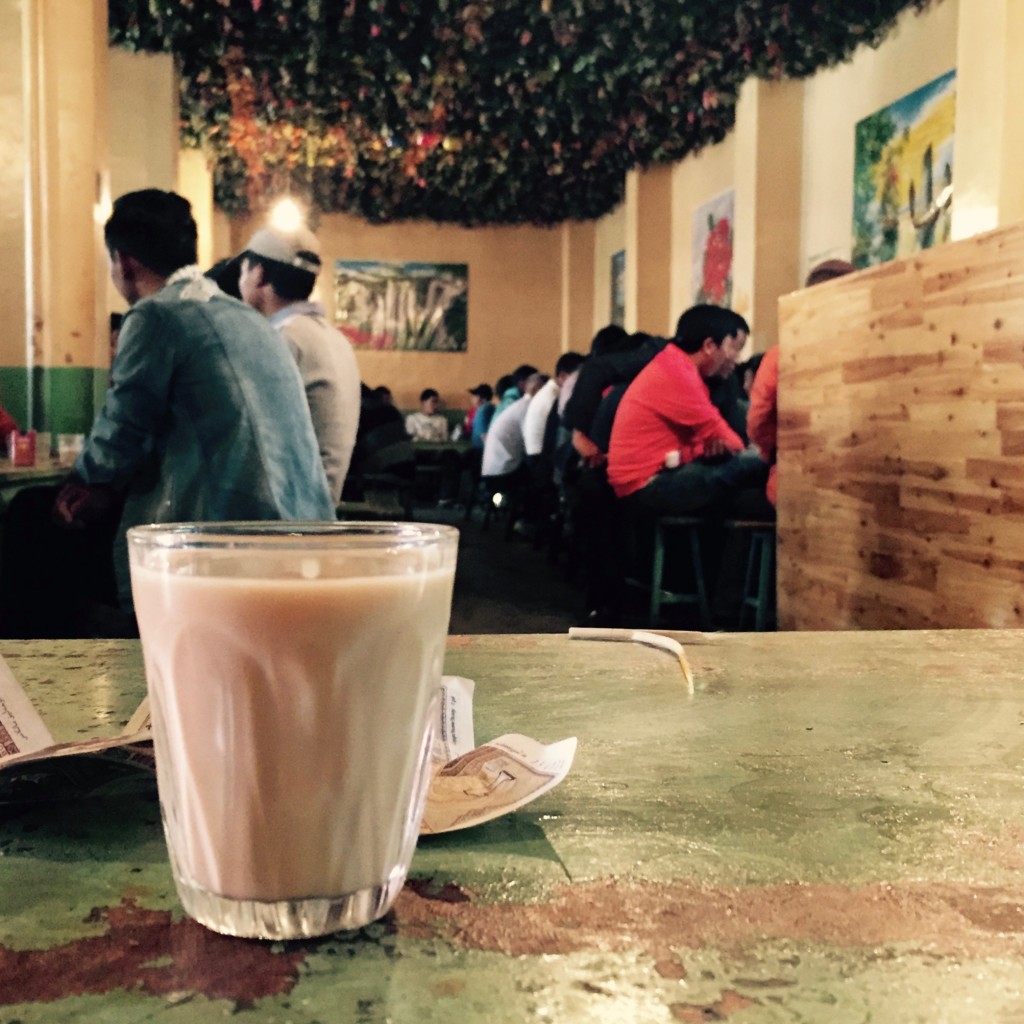Your cart is currently empty!
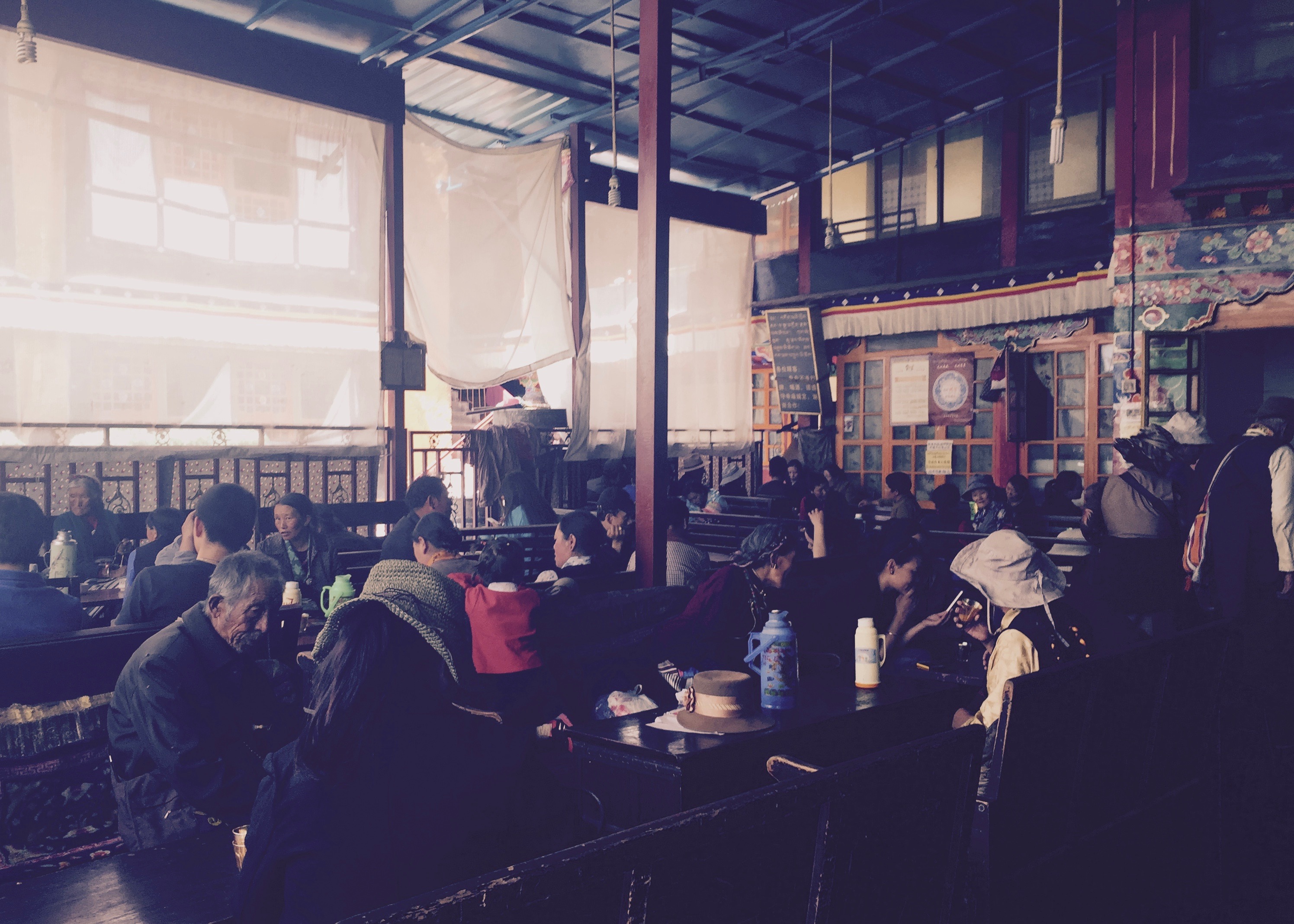
the tibetan teahouse
I traversed my way into the old city quarters with my trusted map apps, pretended not to be fazed by the lack of traffic lights in busy intersections and tried to blend in like a local.
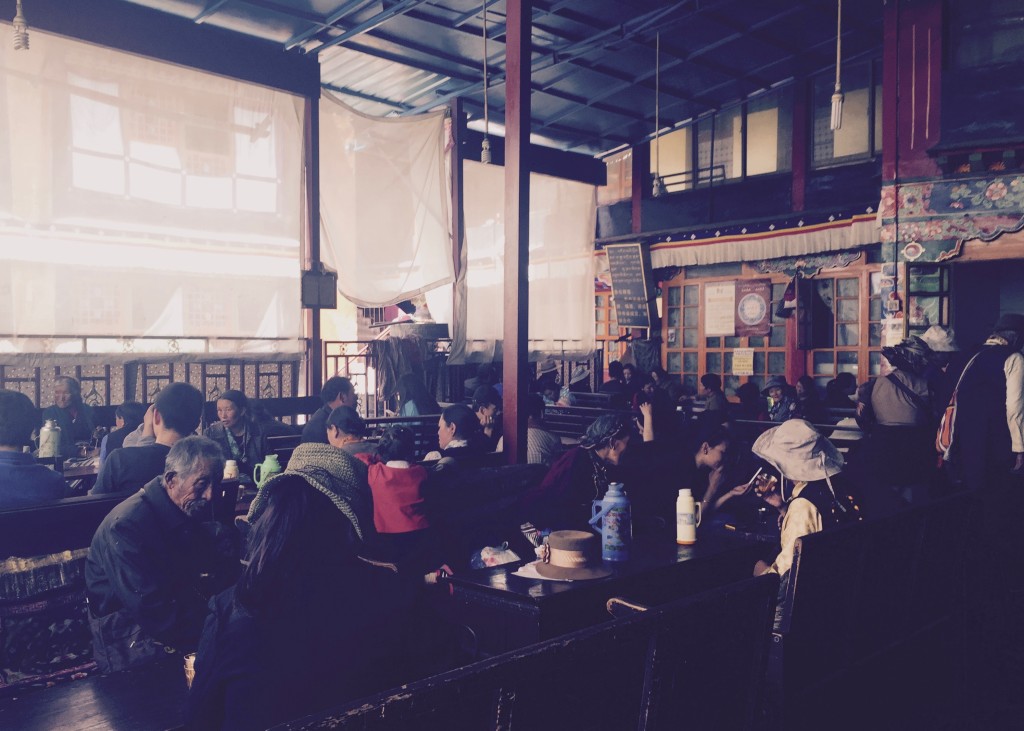
It was a fresh June day in Lhasa and I flew in from Beijing in the morning. The air was thin but clean, accompanied by the ever-present and penetrating UV. The old city was a different world – men, women dressed in brightly coloured clothes, murmuring prayers and rotating the wheel in their hands as they walk on the cobble stone path that encircle the most sacred monastery of their ancestors. I stepped into the nunnery, and asked the nuns for the smallest thermusful of tibetan yak butter tea and joined the locals in a cramped teahouse.
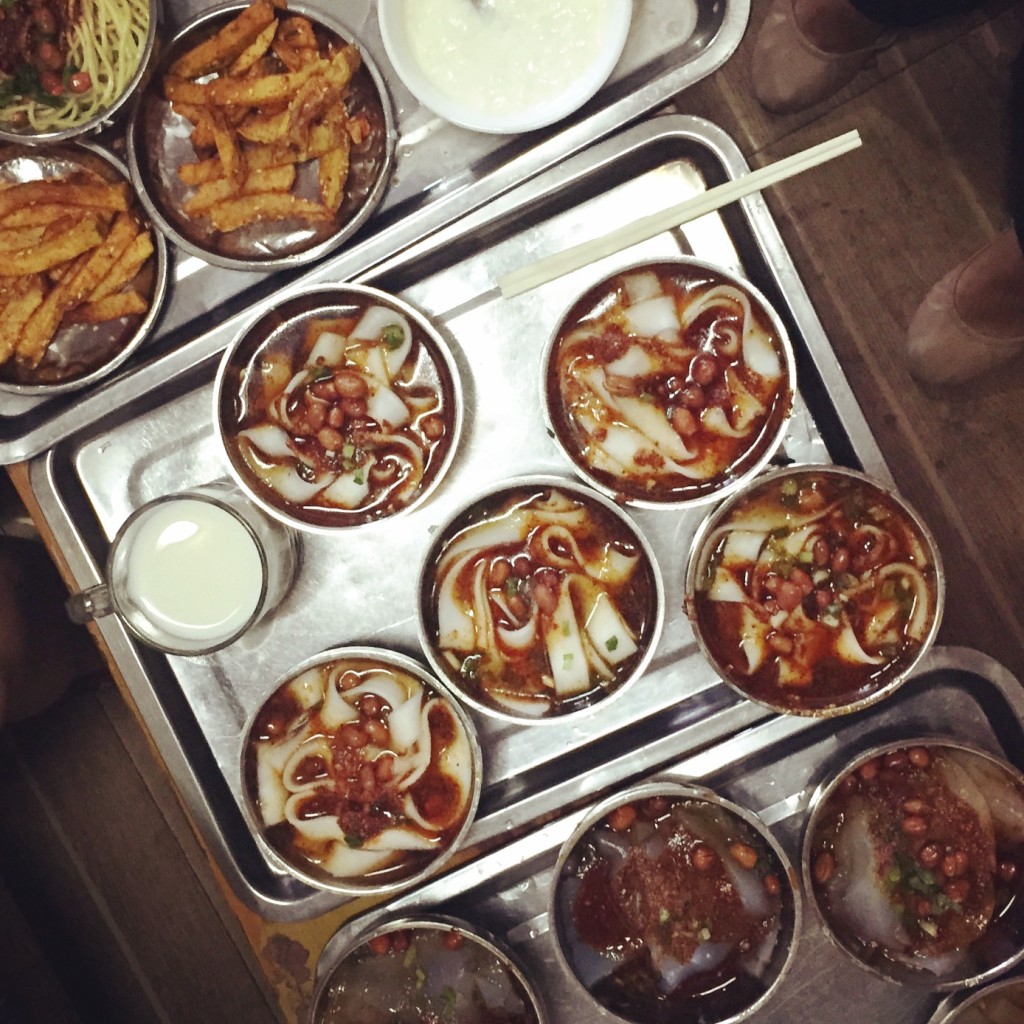
There are two types of popular Tibetan teas: butter and sweet. The butter tea is traditionally used for sustenance and made of yak butter, tea leaves and a pinch of salt vs. the sweet variety which is a lot more palatable. Personally I like the salty richness of the butter tea. Locals would easily spend an afternoon in a teahouse chatting away. In tea houses where tea is not sold by kettlefuls, all you need to do is to grab a cup and leave money on the table and the busy waitresses would come and go filling the empty cups, takes money and leaves back change.
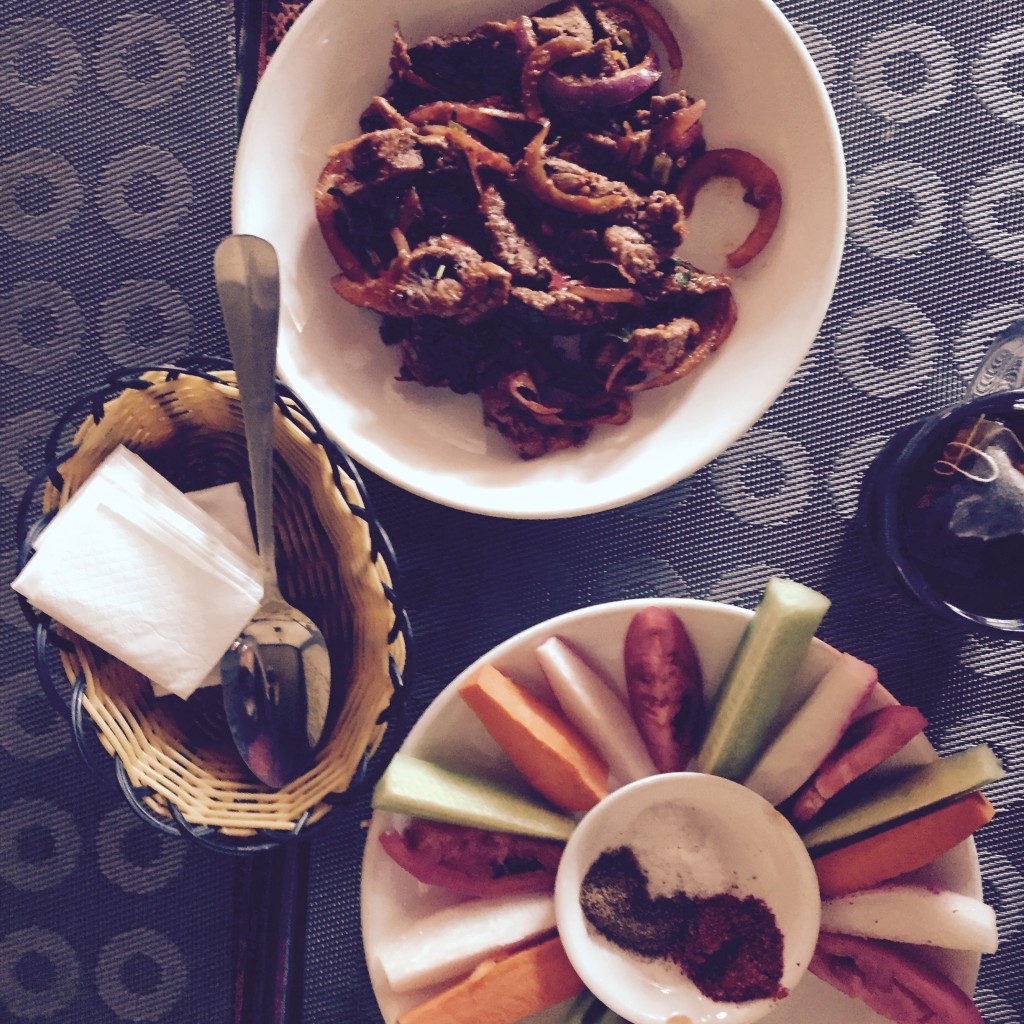
Besides teahouses, the variety of Tibetan cuisine is minimal as only a few crops and livestock can tolerate the harsh plateau. Yak and its byproduct is everywhere: yak meat, yak jerky, yak yogurt, and of course yak butter tea. The main grain is barley, which is made into tsampa and beer. My short stay in Lhasa began and ended at teahouses, which I remember fondly of the lingering buttery aroma.
